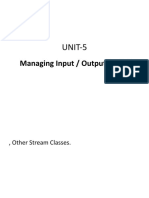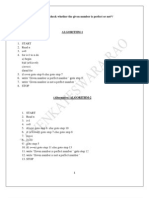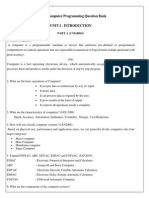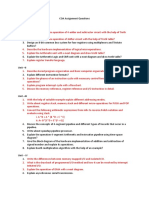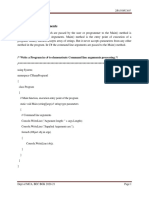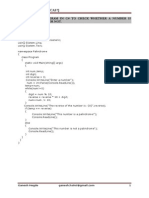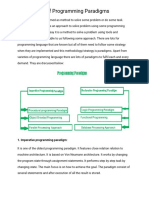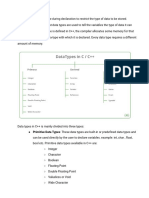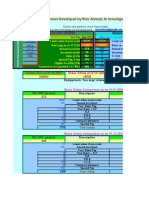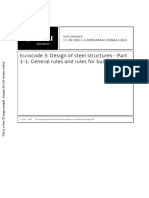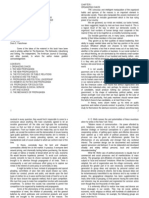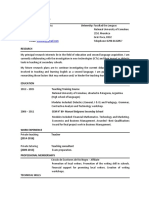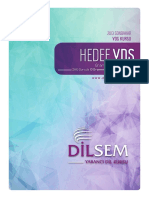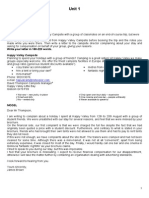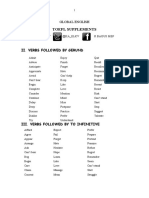100% found this document useful (1 vote)
8K views41 pagesC#.NET Lab Manual PDF
The document contains source code for 7 programs written in C# to demonstrate various concepts in .NET:
1. A program to check if a number is a palindrome
2. A program to demonstrate command line argument processing
3. A program to find the roots of a quadratic equation
4. A program to demonstrate boxing and unboxing
5. A program to implement stack operations
6. A program to demonstrate operator overloading
7. A program to find the second largest element in a single dimensional array
For each program, the source code and sample output are provided.
Uploaded by
libranhitesh7889Copyright
© © All Rights Reserved
We take content rights seriously. If you suspect this is your content, claim it here.
Available Formats
Download as PDF, TXT or read online on Scribd
100% found this document useful (1 vote)
8K views41 pagesC#.NET Lab Manual PDF
The document contains source code for 7 programs written in C# to demonstrate various concepts in .NET:
1. A program to check if a number is a palindrome
2. A program to demonstrate command line argument processing
3. A program to find the roots of a quadratic equation
4. A program to demonstrate boxing and unboxing
5. A program to implement stack operations
6. A program to demonstrate operator overloading
7. A program to find the second largest element in a single dimensional array
For each program, the source code and sample output are provided.
Uploaded by
libranhitesh7889Copyright
© © All Rights Reserved
We take content rights seriously. If you suspect this is your content, claim it here.
Available Formats
Download as PDF, TXT or read online on Scribd
/ 41





